From DumpDC:
Secession and The Overton Window
I was driving my car Wednesday morning, and tuned my radio to the local talk station. The Glenn Beck Program was on. Beck was talking about his new novel entitled “The Overton Window,” and said it was based on something that actually existed…although he never said what it was.
So, your inquisitive Editor googled “the Overton Window” later, and found some very interesting information that is directly applicable to the concept, promotion and eventual success of state secession.
The Overton Window is a concept invented by the late Joseph P. Overton, former vice president of the Mackinac (pronounced Mackinaw) Center for Public Policy. The Mackinac Center is a free-market think tank in Midland, Michigan. Its first president, Lawrence W. Reed, went on to become president of the respected Foundation for Economic Education, which researches and promotes free-market, classical liberal and libertarian ideas. Good sources.
The concept is a “window” of sorts that shows the range of public reactions to various ideas being discussed within a broad range of all of the possible options available on a particular issue.
The current range of public opinion includes many policies that are considered politically acceptable, and some that are considered too extreme. If a politician advances or defends a position that is outside the mainstream, that politician may find himself unable to get elected…or keep…a public office. So, the “window” is the politically acceptable policies on any given subject at any given moment in time in America.
Mr. Overton designed a graphic on an axis, where policies defined as “more free” were at one end of the spectrum, and the “less free” policies were at the other end of the axis. So all ideas are found between these two extremes. And “free” is defined as the degree of government intervention involved in any subject. So, the window may expand or contract to include ideas previously considered politically unacceptable, or exclude ideas that once may have been acceptable but have fallen out of favor.
The Mackinac Center has a very cool web page to help you visualize the Overton Window, found at: The Overton Window. Scroll down until you see a blue-green box on the left. You can click and move the blue window up and down over various public policies on education to show you how our society changes its thinking about acceptable policy.
Arthur Schopenhauer once said: “All truth passes through three stages. First, it is ridiculed. Second, it is violently opposed. Third, it is accepted as being self-evident.”
So the degrees of acceptance of public ideas can be described as a progression from top to bottom shown here:
• Unthinkable
• Radical
• Acceptable
• Sensible
• Popular
• Policy
OK. Are you with me on the concept of the Overton Window? The window tends to be open over the middle ground in any given public policy.
Secession is a political idea on the axis of acceptable political solutions to the frightening tyranny and out-of-control spending coming from Washington DC. I believe the axis, shown vertically here, could be thus:
TOPIC: State Secession
• Unthinkable: A majority of Americans have unquestioningly absorbed the indoctrination of the government schools, and believe that state secession was settled by the Civil War. They believe that state secession is now impossible, and some believe that to even propose secession is tantamount to treason. This position crosses party lines, and is held by left, right, Tenthers and Tea Partiers…wherever they fall.
• Radical: A small but fast-growing group of individuals have actually read the US Constitution and know that secession is a natural right of free association and free assembly. These people have forsaken the idea that the US Government can be controlled, and believe that the only way to regain individual liberty and property rights is by state secession. Their message gives hope to those who see wreck and ruin on the horizon, and provides a workable solution and a cause to fight for.
• Acceptable: Secession is widely discussed in the mainstream media and offered as a workable solution to the Washington mess. Public opinion turns away from the unthinkable, and secession is considered as one solution among many.
• Sensible: The solutions offered to fix the DC government become obviously unattainable. The winnowing process of options reduces choices to secession and few others. Also, at the time that the economy collapses, any choice besides state secession will be too little too late. Even skeptics will be won to the sensibility of state secession. Citizens will understand that any state that secedes will be free of DC tyranny and released from DC taxation and DC debt service.
• Popular: Secession is widely discussed in the mainstream media. Some will viciously attack it, exposing their affiliations and allegiances. Politicians begin openly discussing secession and making it an election issue. At the same time secession becomes popular in public opinion, it will still be considered treasonous…even terroristic or subversive…by the DC criminals who stand to lose everything.
• Policy: One or more American states publish a Declaration of Independence and an Ordinance of Secession. Then the states begin the task of forming the government for a new sovereign nation.
Where would you draw the window in America today? If I were drawing, I would draw the window around “Unthinkable” and “Radical” today. The window will move very quickly when economic conditions in America get dicey…when:
• One or more states declare bankruptcy (five are already broke)
• One or more nations declare bankruptcy (dozens are already broke)
• One or more nations default on their debt (half the EC nations are in trouble)
• One or more nations sell off US debt, even for a catastrophic loss
• The bond market collapses
• Hyperinflation occurs
• Martial law is imposed on America
• Another calamity yet unforeseen occurs
Secession is the Hope For Mankind. Who will be first?
DumpDC. Six Letters That Can Change History.
© Copyright 2010, Russell D. Longcore. Permission to reprint in whole or in part is gladly granted, provided full credit is given.
This entry was posted on Saturday, June 12th, 2010 at 1:00 am and is filed under Federal Government, Secession, State's rights, Tyranny, liberty. You can follow any responses to this entry through the RSS 2.0 feed. You can leave a response, or trackback from your own site.
Saturday, June 12, 2010
Subscribe to:
Post Comments (Atom)
.gif)



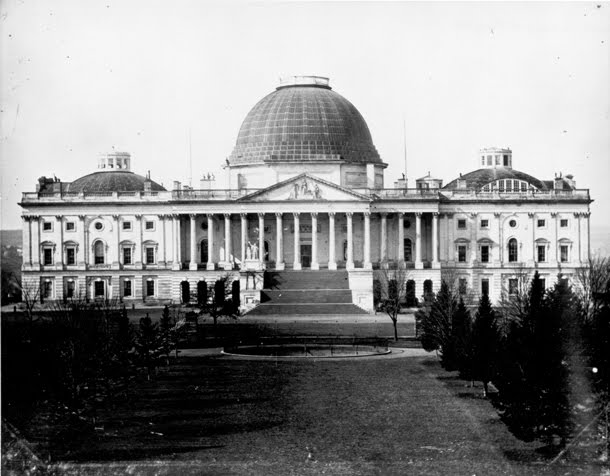









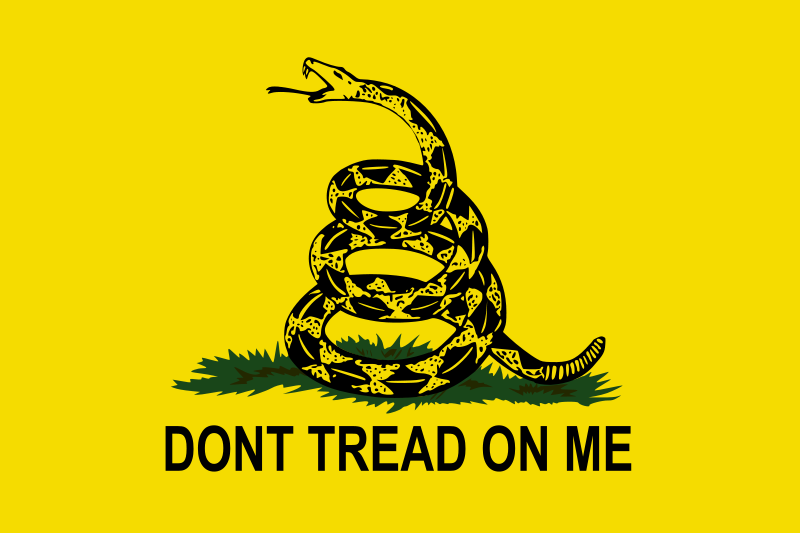
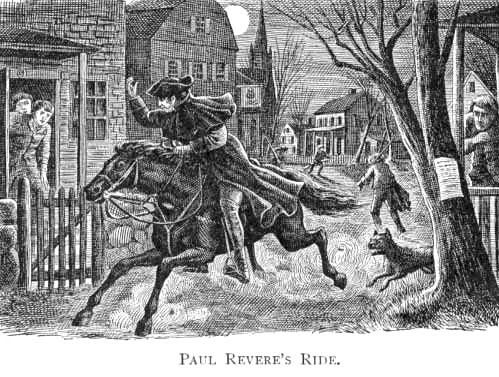

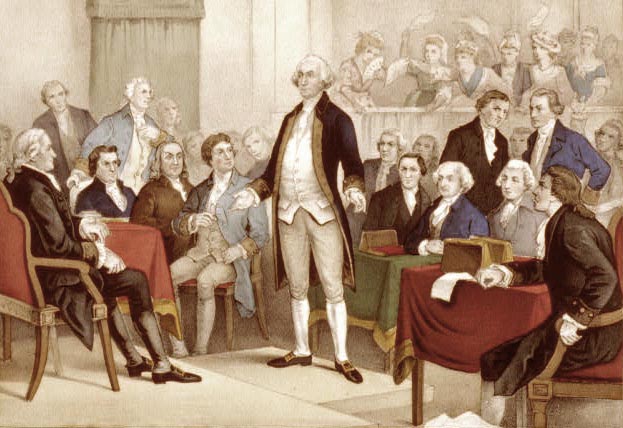

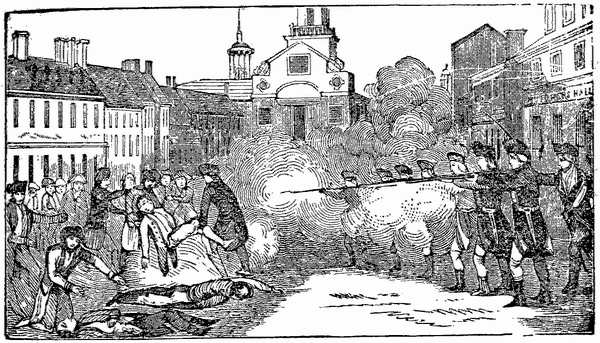
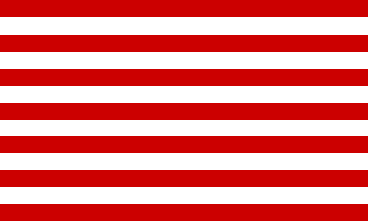
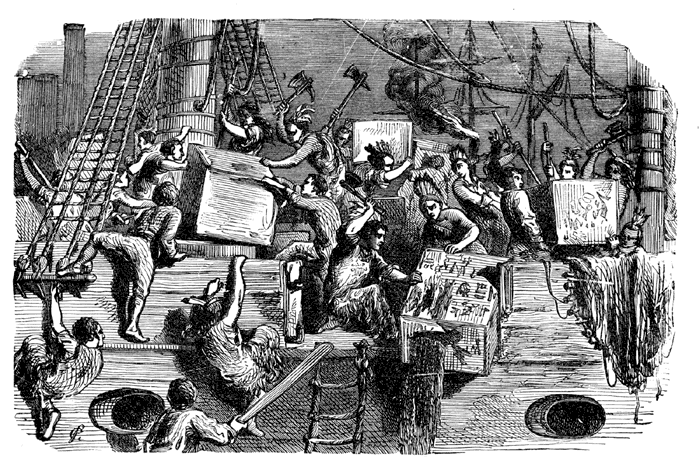




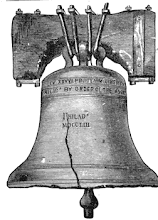




No comments:
Post a Comment